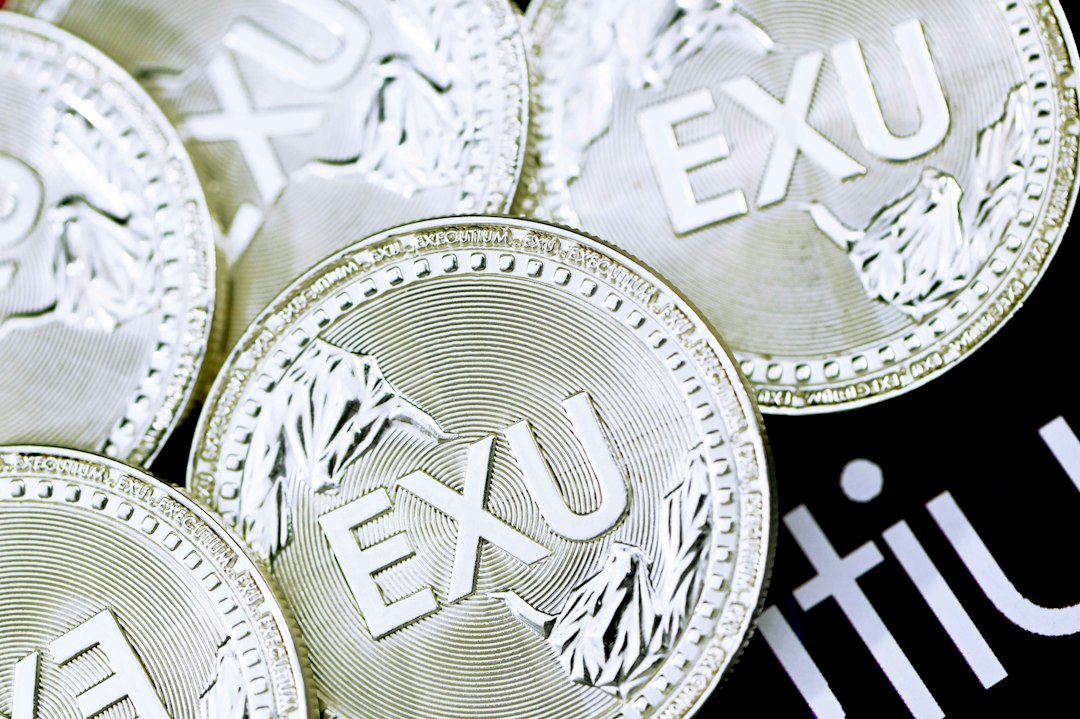The Future of Tether: Will It Continue to Dominate the Stablecoin Market?
Cryptocurrencies have revolutionized the financial industry, and one of the most fascinating developments in recent years has been the rise of stablecoins. Designed to minimize the price volatility often associated with traditional cryptocurrencies like Bitcoin, stablecoins offer a more stable store of value, making them an attractive option for both traders and investors. Among the various stablecoins available in the market, Tether has emerged as a dominant player. In this article, we will explore the future of Tether and discuss whether it will continue to dominate the stablecoin market or face stiff competition.
The Rise of Tether
Tether, often denoted by the symbol USDT, was launched in 2014 with the intention of addressing the volatility issues faced by other cryptocurrencies. Unlike Bitcoin or Ethereum, which can experience wild price fluctuations, Tether is designed to maintain a stable value equivalent to one US dollar. This stability is achieved by backing each Tether coin with an equivalent amount of real-world currency held in reserve.
Tether’s initial success can be attributed to its ability to provide a bridge between cryptocurrencies and traditional banking systems. By pegging itself to the US dollar, Tether offered a reliable medium of exchange, facilitating easier trading and transactions within the cryptocurrency ecosystem.
The Controversies Surrounding Tether
Despite its popularity, Tether has faced its fair share of controversies. The most significant concern revolves around the notion of Tether’s reserves being fully backed by US dollars. There have been allegations that Tether does not hold enough reserves to cover the number of coins in circulation. This has led to doubts about the stability and reliability of Tether as a stablecoin.
Tether Limited, the company behind Tether, has made efforts to address these concerns by conducting regular audits and providing transparency reports. However, the lack of a proper regulatory framework for stablecoins has raised further questions. Regulatory uncertainties pose a significant challenge to Tether’s future dominance, as regulatory scrutiny could impact its operations and reputation.
Tether’s Future Prospects
Despite the controversies, Tether remains the largest stablecoin by market capitalization and continues to dominate the stablecoin market. Its wide acceptance and integration within the cryptocurrency ecosystem have cemented its position as a go-to stablecoin for traders and investors.
However, Tether is now facing increased competition from other stablecoins such as USD Coin (USDC) and Binance USD (BUSD). These competitors offer similar stability and transparency features, while also being backed by reputable organizations. The entry of well-established players into the stablecoin market could pose a threat to Tether’s dominance.
Moreover, the increasing interest in central bank digital currencies (CBDCs) could have an impact on the future of Tether. As governments explore the possibility of issuing their own digital currencies, the demand for stablecoins like Tether may decline. CBDCs could provide a more regulated and secure alternative, attracting users who are concerned about the stability and regulatory uncertainties associated with privately issued stablecoins.
FAQs About Tether
Q: Is Tether a safe investment?
A: Investing in Tether carries inherent risks due to the controversies surrounding its reserves. However, Tether has maintained a relatively stable value since its inception, which has made it a popular choice for traders and investors.
Q: How does Tether maintain its stability?
A: Tether achieves stability by linking each coin to the value of one US dollar. Its reserves are supposedly held in a 1:1 ratio with the number of coins in circulation, providing the necessary backing to maintain its pegged value.
Q: Should I choose Tether or other stablecoins?
A: The choice between Tether and other stablecoins depends on your preferences and risk tolerance. Other stablecoins like USDC and BUSD offer similar stability and transparency features, but it’s important to do your own research and assess the reputation and credibility of each stablecoin.
In conclusion, while Tether currently dominates the stablecoin market, its future prospects are uncertain. The controversies, competition from other stablecoins, and the potential rise of CBDCs all pose challenges to Tether’s continued dominance. As an investor or user, it is crucial to stay informed and monitor the developments in the stablecoin market to make informed decisions.





 By
By
 By
By

 By
By
 By
By
 By
By